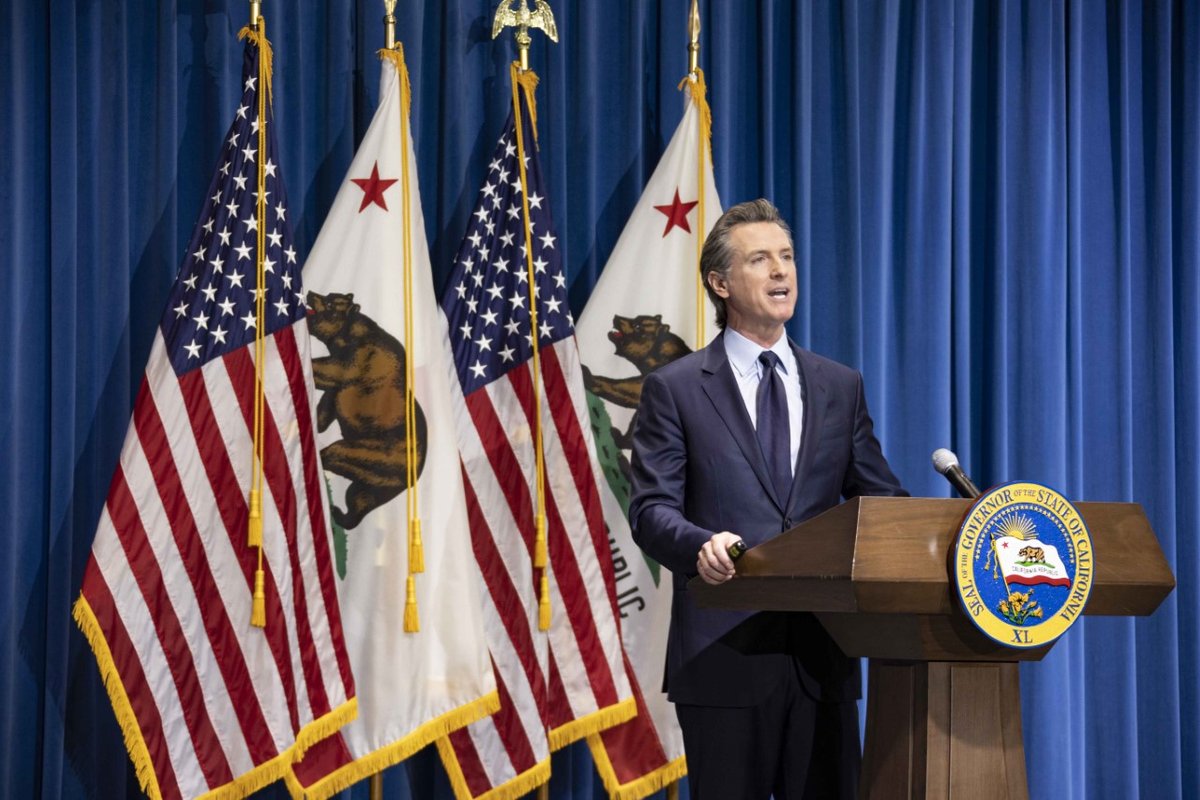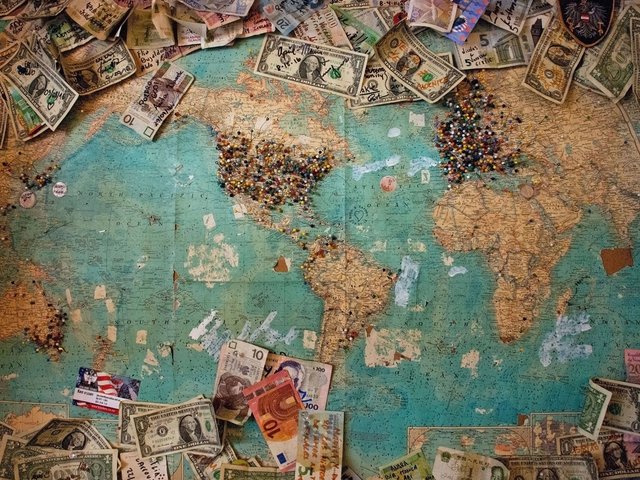With the coronavirus ravaging the arts industry across the US, two state governors have released ambitious plans to bring culture back to the country’s top arts hubs. In Gavin Newsom’s 2021-2022 budget plan released this week, the California governor is dedicating $25m for a grant programme aimed at small museums and theaters, as well as $15m to the California Arts Council for the creation of a statewide pilot programme called the California Creative Corps, to be funded through dollar-for-dollar matching donations from private donors.
While details are still to come, a press release from the governor’s office says that the “intention is to employ artists in service to the public health crisis in a public-private partnership model”, comparing the state-wide effort akin to the Works Progress Administration, the federal initiative that helped US creative workers during the Great Depression, by employing artists, sponsoring projects and creating scores of public art works across the country.
“As far as we know, there has never been a statewide publicly supported activation of a corps strategy to employ and deploy artists,” says Julie Baker, the executive director of Californians for the Arts and California Arts Advocates. “We're looking at how artists can be a part of the solution to the public health crisis. We were trying to find models to look to regarding how to get artists employed while they can’t do what they normally would, such as putting on shows. We looked at models like the Works Project Administration where artists were hired for projects that included creating public art, making pamphlets to aid tourism, and creating original theatrical productions to chronicle the times they were living through.”
“In the 1970s, there was the Comprehensive Employment Training Act, another programme that employed and trained artists and even had them working inside some government agencies,” she adds. “There were these federal models, but what we haven't seen are statewide models, which is why the California Creative Corps concept is new.”
Deborah Cullinan, the CEO of San Francisco’s Yerba Buena Center for the Arts who also served as the arts and culture representative on Governor Newsom’s task force, added in a statement that she was “inspired by his deep understanding of and commitment to the role that artists and arts organisations across our state—particularly BIPOC and LGBTQIA+ artists in our hardest hit communities—can play in rebuilding trust, encouraging healthy behaviour, fuelling positivity, and driving a more equitable future."
On the other coast, New York governor Andrew Cuomo told the New York Times this week that he and his team are devising their own plan to “bring arts and culture back to life,” saying that the state would begin to take steps to both reinstate cultural events and create work for currently unemployed artists. “Cities are, by definition, centers of energy, entertainment, theater and cuisine,” Governor said. “Without that activity and attraction, cities lose much of their appeal. What is a city without social, cultural and creative synergies? New York City is not New York without Broadway.” Cuomo said he is looking into how the city could safely host socially distant performances, and is working with the Mellon Foundation to distribute grants aimed at putting over 1,000 artists back to work and supplying funding for community arts groups. The state will begin a public-private partnership called New York Arts Revival that will host a series of statewide pop-up concerts with over 150 performers, including comedians such as Amy Schumer, Chris Rock, the opera singer Renée Fleming and the actor Hugh Jackman.
“We’re looking at months of shutdowns,” Cuomo said, regarding the idea of waiting until the country is vaccinated to restart arts events. “We need to begin to act now. We can’t float along letting pain, hardship and inequality grow around us.”




